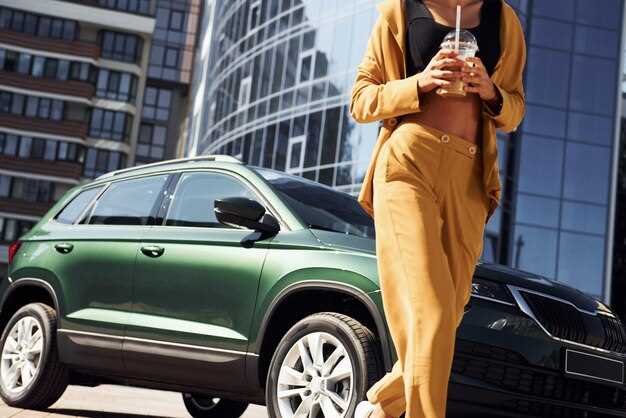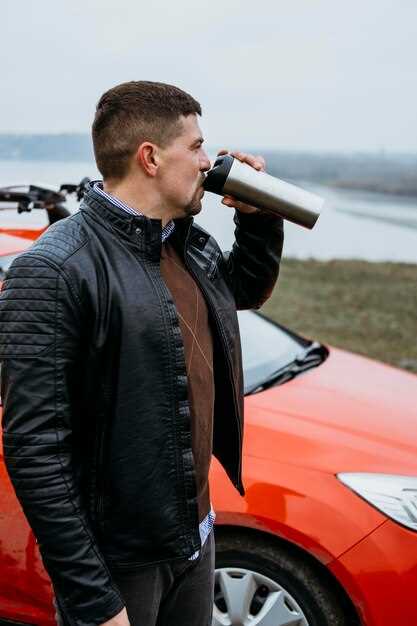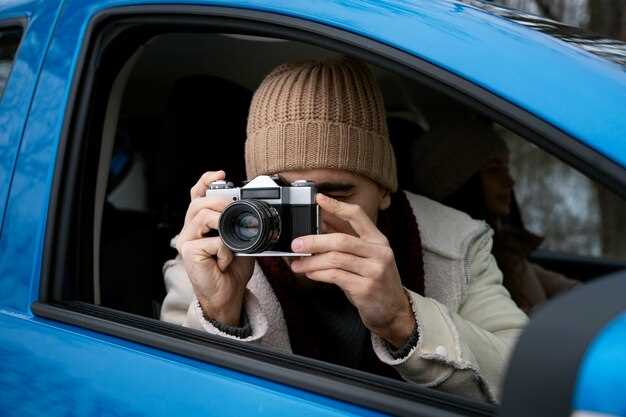
Automotive gatherings have become a mesmerizing platform for car enthusiasts, showcasing a plethora of exotic cars that ignite passion and admiration. These events serve as a celebration of engineering excellence and design artistry, attracting not only avid collectors but also curious onlookers eager to witness the finest cars that the automotive world has to offer.
For photographers, capturing the essence of exotic cars in such dynamic environments poses both challenges and opportunities. The vibrant colors, sleek shapes, and unique features of these rare vehicles demand a keen eye and an understanding of both the technical and artistic aspects of photography. Utilizing techniques such as proper lighting, composition, and timing can effectively convey the allure and charisma of these magnificent cars.
Moreover, every automotive gathering presents a unique atmosphere filled with the sounds of revving engines and the chatter of fellow enthusiasts, adding an additional layer of excitement to the experience. Documenting the interaction between the vehicles and their admirers allows photographers to create compelling narratives that go beyond mere images, capturing the culture surrounding exotic cars and the shared passion of the community.
Best Techniques for Photographing Exotic Cars in Dim Lighting

Capturing stunning images of exotic cars during automotive meets in low-light conditions can pose unique challenges. To effectively photograph these vehicles in dim lighting, consider using a combination of the right settings, composition techniques, and equipment.
Firstly, adjust your camera’s ISO settings to increase sensitivity to light. A higher ISO allows for better exposure in darker environments but be cautious of potential noise. Selecting an ISO between 800 and 3200 is often ideal for car photography in dimly lit settings.
Next, utilize a wide aperture to create a shallow depth of field, which helps isolate the car from its background. This effect emphasizes the car’s lines and details while softly blurring unimportant elements. A lens with an aperture of f/2.8 or lower is preferable for this purpose.
Incorporating stabilization techniques is essential when working under low light. Employ a tripod or a monopod to minimize camera shake. If you shoot handheld, use a faster shutter speed to combat movement, ideally matching it to the focal length of the lens.
Using ambient light creatively can enhance the atmosphere of your photographs. Position the car near sources of light, such as street lamps or neon signs, to create dramatic highlights. This can add character to the scene while maintaining focus on the car.
Utilize long exposures to capture light trails or ambient light reflections, but ensure the car is steady. When using long exposure techniques, the car must remain still, so consider having it parked or using a remote shutter release to capture the shot without vibration.
Finally, post-processing plays a critical role in achieving the desired look. Balance the exposure, enhance contrast, and adjust colors to accentuate the car’s features. This step allows you to bring out the best in your dimly lit photographs while maintaining a natural appearance.
Identifying Key Locations for Car Meets with High-Quality Vehicles

Finding the right locations for car meets is essential for capturing exotic cars and attracting enthusiasts. Car enthusiasts look for venues that not only provide ample space but also facilitate the display of high-performance vehicles. Here are several key locations to consider.
1. Car Showrooms and Dealerships: These venues often have access to the latest exotic models and provide a controlled environment for meets. Dealerships can showcase their inventory while enthusiasts admire and discuss these high-end cars.
2. Public Parks and Open Spaces: Large, accessible parks or open fields are ideal for gatherings, offering ample space for vehicles to be displayed while emphasizing their design. The natural backdrop enhances photography opportunities for highlighting the beauty of exotic cars.
3. Car Racing Tracks: Tracks not only have the infrastructure to host large events but also attract car lovers interested in performance and speed. This setting encourages interactive car experiences, such as test drives or timed laps, enhancing the appeal of exotic cars.
4. Local Coffee Shops or Cafés: Many car meets take place at popular coffee spots, attracting a crowd of car lovers who come to enjoy their passion in a relaxed atmosphere. These informal gatherings foster community and allow for casual networking among enthusiasts and collectors.
5. Historic Sites or Landmarks: Unique backdrops such as historic buildings or landmarks provide a stunning visual context for high-quality vehicles. The juxtaposition of modern exotic cars against historical architecture can create striking imagery for photography and social media.
6. Luxury Hotels and Resorts: These venues often cater to affluent clientele and therefore attract exotic cars naturally. Organizing meets at luxury hotels can enhance the experience, creating a premium atmosphere that reflects the allure of high-end vehicles.
Each of these locations provides unique advantages for showcasing exotic cars, drawing in enthusiasts, and creating memorable experiences centered around automotive passion. The selection of a venue plays a critical role in the success and appeal of car gatherings.
Equipment Essentials for Shooting High-End Automobiles
When capturing exotic cars at automotive gatherings, having the right equipment is crucial for showcasing their beauty and elegance. First and foremost, a high-quality DSLR or mirrorless camera is essential. These cameras provide versatility and superior image quality that can highlight the intricate details of high-end automobiles.
A fast prime lens, particularly in the range of 24mm to 70mm, meets the needs for both wide-angle shots and close-ups. This flexibility allows photographers to capture stunning angles and showcase the car’s design from various perspectives. Additionally, a lens with a wide aperture can create beautiful bokeh, emphasizing the car while softening the background.
Tripods or monopods provide stability, which is especially important when shooting in low light conditions or at slower shutter speeds. This equipment helps to prevent camera shake, ensuring sharp images that truly reflect the car’s lines and textures.
For those looking to capture dynamic shots, a gimbal stabilizer is invaluable. This tool allows for smooth panning and tracking shots, creating a sense of motion that can bring exotic cars to life in images.
Proper lighting equipment is also a necessity. Using reflectors can effectively bounce and manipulate natural light to highlight the car’s features without creating harsh shadows. In some cases, external flashes or continuous lights can add depth and dimension, illuminating the car’s body in captivating ways.
Finally, having a good selection of filters, such as polarizers, can enhance the color saturation and reduce reflections on the car’s surface, yielding striking images. All these tools combined enable photographers to create stunning visual narratives that elevate the allure of high-end automobiles, showcasing their beauty in the best possible light.





